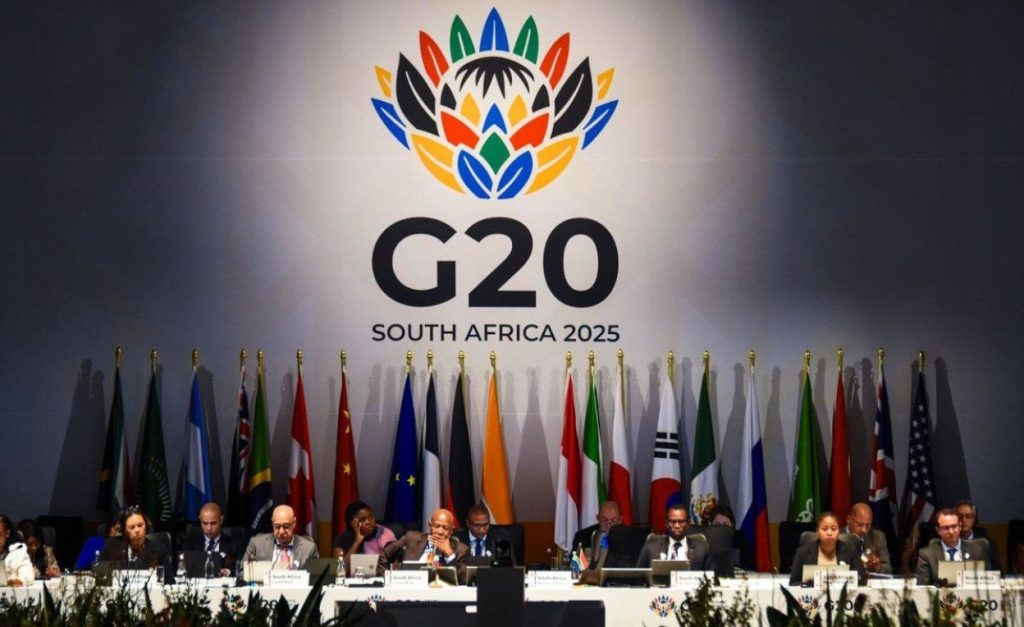Zimbabwe’s Cabinet recently approved the country’s Climate Change Management Bill – marking a significant milestone in its legislative passage. The Bill will now proceed to Parliament for deliberation and adoption, following a two-year process.
Only eight African countries (Kenya, Benin, Mauritius, Uganda, Nigeria, Gabon, South Africa and Zambia) have stand-alone climate legislation, with Zimbabwe’s Bill following a similar framework design. The Bill’s main objective is to create a framework for enhancing and co-ordinating adaptation and mitigation measures across the country, as well as domesticating its international obligations.
The Bill’s approval comes after a flurry of activity in Zimbabwe’s climate agenda. It was the only African country to submit its third NDC by the 10 February deadline, and is due to host the 15th Wetlands COP in Victoria Falls in July. Zimbabwe also launched a blockchain-based Carbon Registry and published new Carbon Trading Regulations this month. The Bill also builds on previous climate policies, including the 2017 National Climate Policy and National Climate Change Adaptation Plan. In addition to engaging the legal community, the Ministry of Environment, Climate and Wildlife held national consultations to include the public’s perspectives on the Bill’s structure and scope.
What the Bill entails
The Bill’s five chapters detail the government’s plan for institutional response to climate change and to “build a climate resilient, low carbon Zimbabwe and improve adaptive capacity of people and ecosystems.” It places the responsibility of implementing these measures under the Ministry of Environment, Climate and Wildlife, and charges the Ministry with cooperating and collaborating with other ministries where necessary. The Bill has provisions for the establishment of a Climate Change Management Department (CCMD), a Climate Transparency and Compliance Unit, a National Ozone Unit, a Loss and Damage Unit, and a Carbon Trading Unit. The CCMD plays a central role and is charged with the implementation of the Bill, and plays a coordinating and implementation role in respect of the country’s climate change plans, strategies and actions. Equally the Minister responsible for Climate Change plays a lead function in regulating the activities of all other government agencies to the extent their actions relate to climate change.
Importantly, the Bill establishes a National Climate Fund. Governed by a Board appointed by the Minister, the Fund is charged with funding Board-approved mitigation and adaptation programmes, supporting public entities, making provisions for climate-related emergencies and providing incentives to private and public stakeholders to transition to clean energy and reduce emissions. The Fund’s sources of revenue include a climate levy on individuals, groups or organisations whose activities contribute to climate change, shares of proceeds from carbon trading initiatives, donations and contributions from international organisations.
It also charges government with a range of monitoring and reporting obligations, empowering it to obtain data and information from emitters and government agencies to establish a GHG inventory. The CCD is also empowered to impose emission thresholds, the exceedance of which will require emitters to purchase carbon credits or pay a levy. Equally the CCD is tasked with undertaking climate change risk and vulnerability assessments across the country to better prepare it to both understand the nature and extent of climate risks and to prepare for them.
Is it enough?
The Bill is nothing short of ambitious. Although a historically low emitter, Zimbabwe’s updated NDC increased its mitigation target and widened the scope of activities, now covering the health, tourism, forestry and biodiversity sectors. Coupled with new regulations to provide clarity and guidance to the carbon market, the Climate Change Management Bill is a step in the right direction. The establishment of a National Climate Fund is particularly significant. With development aid cuts and empty financial pledges from the Global North, the Fund could mobilise local financial resources for the country’s climate-related programmes. Although foreign contributions are still listed as a source of funds, the focus on local instruments reduces dependency on external stakeholders. Management of funds under a legislated instrument also brings transparency and accountability to their expenditure, which in turn could attract grant finance.
The provision for emergency funding and a dedicated Loss and Damage Unit, is also a welcome and novel addition. Given that climate-related extreme weather events will increase in frequency and intensity, and delayed governmental response with emergencies such as 2019’s Cyclone Idai, these provisions are likely to bolster the nation’s response to climate emergencies. The inclusion of public awareness through capacity building and access to climate change information is also a welcome addition. Equally mainstreaming provisions require government departments to integrate climate risks and impacts are taken into account in decision making and in Environmental Impacts Assessments will ensure a cross-sectoral and more integrated approach to climate governance.
However, the Bill does have shortcomings. Despite legislating emissions thresholds and including commitments to reduce emissions and promote the use of renewable energy, the Bill lacks specificity on how this will be achieved. Coal-fired power stations still make up a significant part of Zimbabwe’s electricity output, with hydroelectric output vulnerable to climate extremes. The result is a protracted energy crisis with daily electricity cuts lasting up to 16 hours. Although renewable energy production is increasing (mainly through solar and limited wind power) and the government has created a Renewable Energy Fund to invest in renewable energy capacity, there is still a gap. The Bill makes it clear that the Ministry and CCMD will produce more specific regulations, but it only explicitly mentions energy in relation to incentives for public and private entities to reduce emissions.
The Bill also makes little to no mention of measures for gender and youth. While it’s arguable that these groups (already underrepresented in Zimbabwe’s politics and economy) will still benefit from the Bill, the interventions specific to marginalised groups may slip through the cracks. For example, there is no intra-governmental co-ordination body that groups could participate in or engage with.
Lastly (and perhaps most importantly) is the question of competing interests. In Zimbabwe, land-use change, forestry, agriculture, energy and industry are the highest emitting sectors. Land-use change and forestry account for almost 50% of Zimbabwe’s overall emissions, driven by increased deforestation and forest degradation. Urbanisation is partly responsible: Zimbabwe’s urban population grows by an estimated 2.14% per year, currently making up over a third of the overall population. The Bill wants to integrate mitigation and adaptation measures into social and economic development. But measures like the climate levy could clash with political and developmental interests when some of the highest emitters are also key stakeholders in the country’s economy.
Despite these concerns, the Bill is still a comprehensive framework that maps out Zimbabwe’s climate ambitions. It is an opportunity to ensure a more coordinated, ambitious, consistent, and purposeful national response to the impacts of climate change and join the growing ranks of countries with dedicated climate laws.
** comments are based on the version of the Bill of May 2024 prior to Cabinet submission, more recent versions are not yet available.





